Learn the factors that lead people to form and change attitudes is crucial in psychology. Attitudes are shaped and influenced by various elements, including social influences, personal experiences, cognitive processes, emotional factors, and situational contexts. In AP Psychology, students explore how these factors interact to shape individuals’ perspectives and behaviors. This knowledge helps in comprehending human behavior and social dynamics, providing insights into how attitudes can be influenced and modified over time.
Learning Objectives
Understand how social influences (family, peers, culture), personal experiences (direct and observational), cognitive processes (information processing, cognitive dissonance), emotional factors (affective responses, mood), situational contexts, and persuasive techniques contribute to the formation and change of attitudes. Grasp the mechanisms of attitude development and alteration, such as the Elaboration Likelihood Model and social influence strategies, to explain how and why individuals’ attitudes shift over time and in different contexts.
1. Social Influences
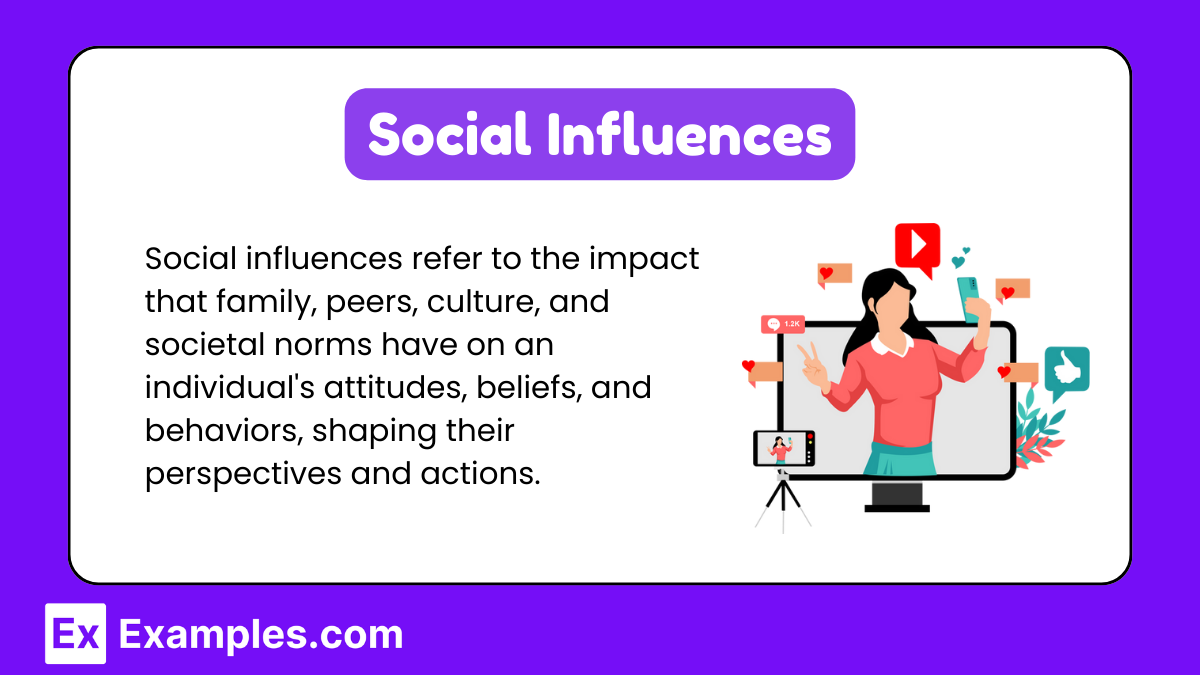
a. Family
- Primary Socialization: Family members, especially parents, play a crucial role in the early formation of attitudes through primary socialization. They impart values, beliefs, and norms that shape children’s attitudes.
- Modeling Behavior: Children often imitate the attitudes and behavior of their parents and siblings, leading to similar attitudes.
b. Peer Groups
- Peer Pressure: During adolescence and adulthood, peer groups become influential. The desire to fit in and be accepted can lead individuals to adopt the attitudes of their peers.
- Social Comparison: People evaluate their own attitudes by comparing them with those of others in their social circle.
c. Cultural and Societal Norms
- Cultural Values: Cultural background significantly influences attitudes. Shared cultural beliefs and practices shape individuals’ perspectives on various issues.
- Media and Public Opinion: Media plays a pivotal role in shaping and changing attitudes by presenting information, framing issues, and creating social norms.
2. Personal Experiences
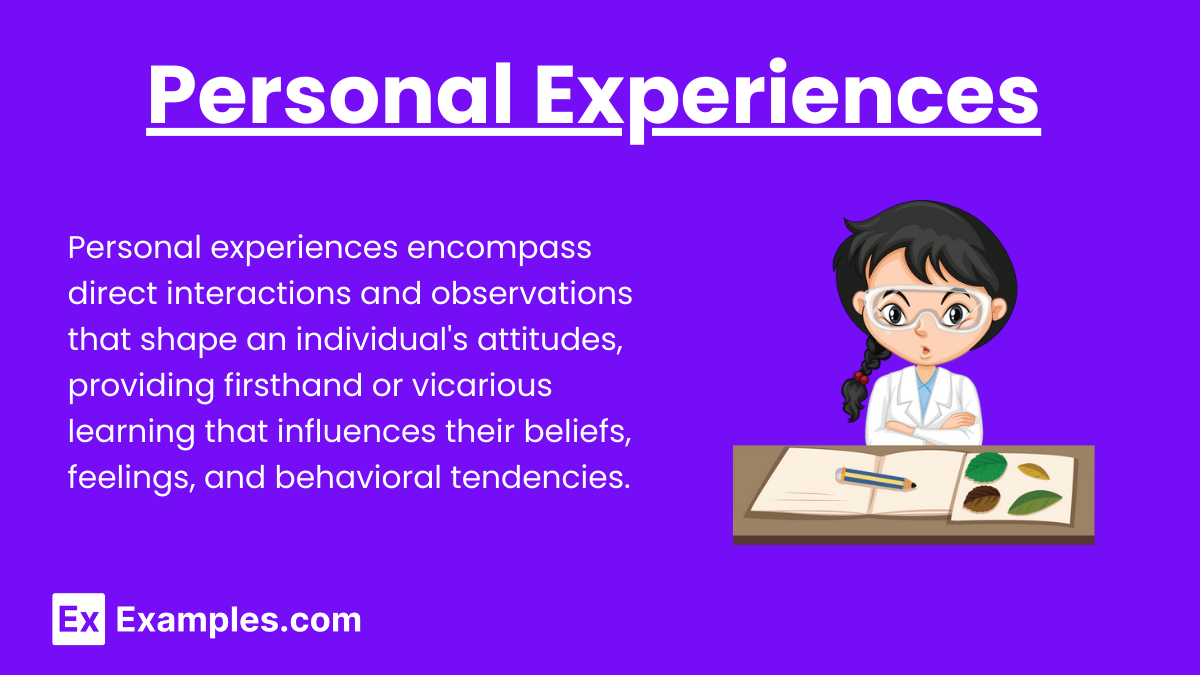
a. Direct Experience
- Personal Interactions: Direct personal experiences with objects or issues lead to the formation of strong attitudes. Positive or negative interactions can solidify these attitudes.
- Behavioral Outcomes: The consequences of one’s actions, such as rewards or punishments, can reinforce or change attitudes.
b. Observational Learning
- Vicarious Experience: Observing others’ experiences and the outcomes of their actions can influence attitudes. For example, seeing a friend benefit from a healthy lifestyle may foster a Positive Reinforcement toward health.
3. Cognitive Processes
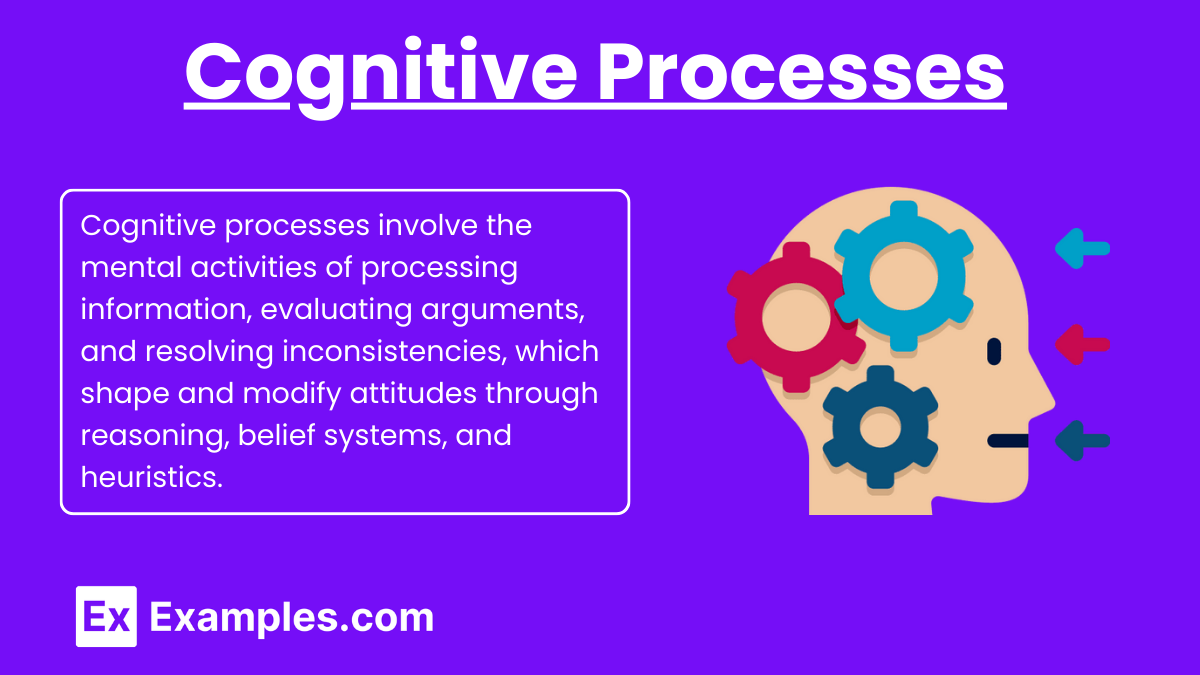
a. Information Processing
- Elaboration Likelihood Model (ELM): This model explains how people process information and form attitudes. Central route processing involves thoughtful consideration of arguments, while peripheral route processing relies on superficial cues like attractiveness of the source.
- Cognitive Dissonance: When individuals experience inconsistency between their attitudes and behaviors, they experience cognitive dissonance, leading them to change their attitudes to reduce the discomfort.
b. Belief Systems
- Pre-existing Beliefs: Individuals interpret new information through the lens of their existing beliefs, which can either reinforce or challenge their attitudes.
- Heuristics: People often use mental shortcuts, or heuristics, to make quick judgments about issues or objects, which can shape their attitudes.
4. Emotional Factors
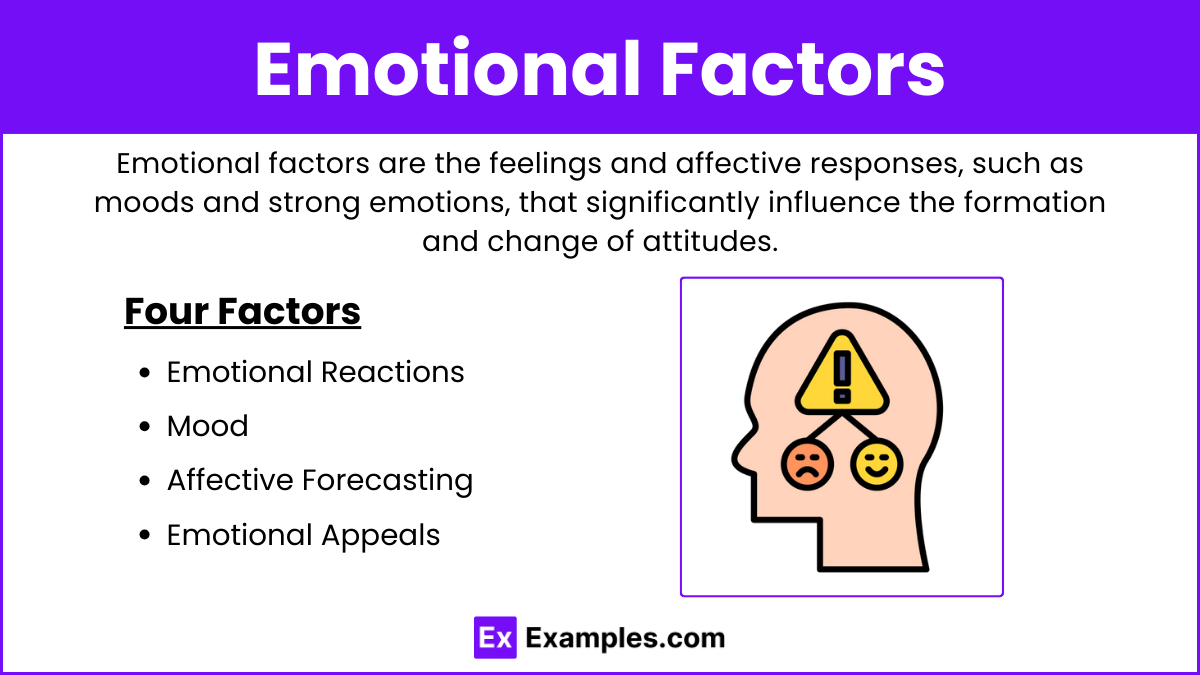
a. Affective Responses
- Emotional Reactions: Strong emotions, such as fear, happiness, or anger, can significantly influence attitude formation and change. Emotional appeals in advertisements often aim to elicit such responses.
- Mood and Attitude Change: An individual’s mood at the time of receiving information can affect how they perceive and integrate that information into their attitudes.
5. Situational Factors

a. Contextual Influences
- Situational Context: The context in which an individual encounters information or experiences can affect attitude formation. For example, a positive environment may enhance favorable attitudes.
- Temporal Context: Over time, repeated exposure to certain stimuli or experiences can lead to attitude change, either gradually or suddenly.
6. Persuasion Techniques
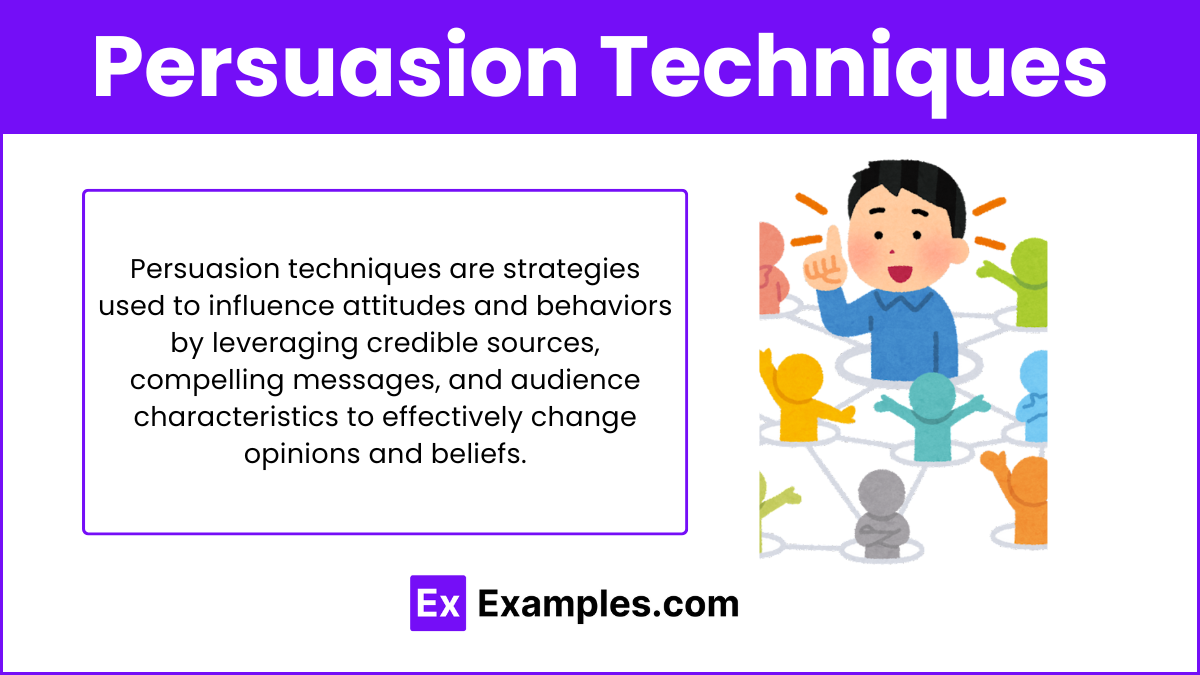
a. Persuasive Communication
- Source Credibility: The credibility of the person or organization delivering a message can affect its persuasiveness. Experts and trustworthy sources are more likely to influence attitudes.
- Message Characteristics: The content, structure, and delivery characteristics of a message play crucial roles. Logical arguments, emotional appeals, and clear, concise communication can all be effective.
- Audience Characteristics: Tailoring messages to the audience’s values, beliefs, and level of understanding enhances the likelihood of attitude change.
b. Social Influence Strategies
- Foot-in-the-Door Technique: Starting with a small request to increase the likelihood of agreement to a larger request can lead to attitude change.
- Door-in-the-Face Technique: Making a large request that is likely to be refused, followed by a smaller request, can also influence attitudes.


